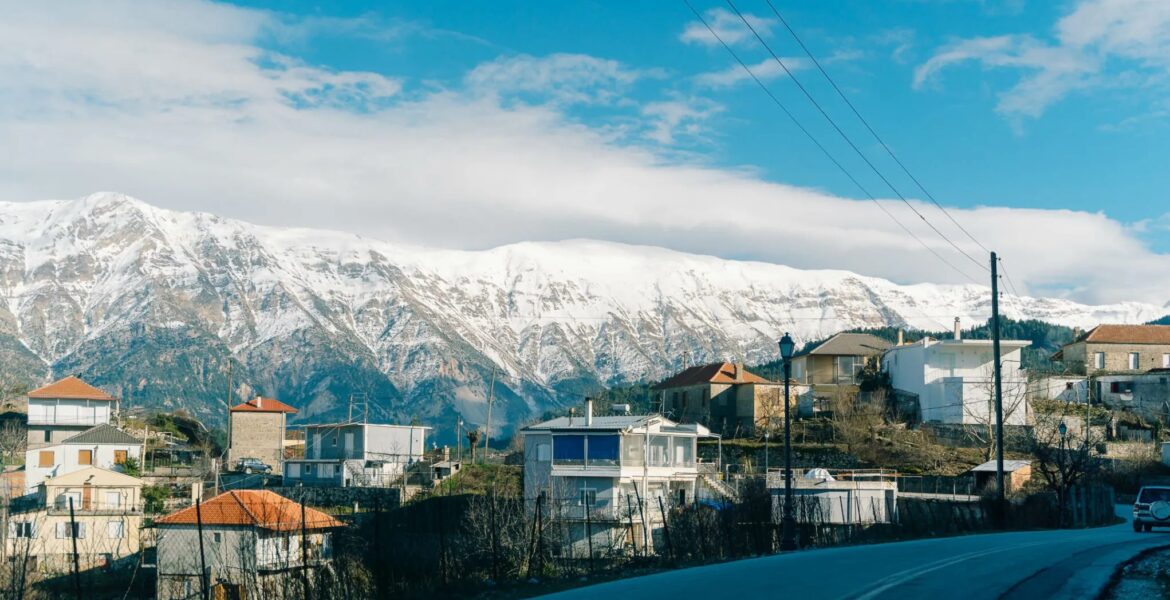Natural beauty and traditional architecture in an unadulterated place
The road that leads from Arta to Syrrako at an altitude of 1,200 metres is not easy, but is certainly worth it to enjoy the scenery of Tzoumerka. Bends and even more bends, cliffs behind the protective wall, some rocks from landslides, all around magnificent mountains that invite one to admire them.
However, the driver should stay focused on the wheel; if he wants to enjoy the scenery, he can always make short stops. We were lucky in this because the day was winter, but the weather we encountered was sunny, and thus Tzoumerka could be enjoyed at its fullest.
We leave the car outside the village because cars are prohibited inside Syrrako. The only entrance to the village is a stone bridge to remind us that we are in Epirus. The houses, old mansions and modern ones seem to be perched on a hillside – warm when the midday sun hits, freezing at night. The mansions are two- and three-story buildings with walls of characteristic grey limestone stone. The same material is also used for the roofs.
A series of leaders of the Greek Revolution, the poet Kostas Krystallis, former prime minister of Greece Ioannis Kolettis, the Zalokosta family, but also a name associated with luxury at a global level, the businessman Sotirios Voulgaris, founder of the BVLGARI house, come from Syrrako.
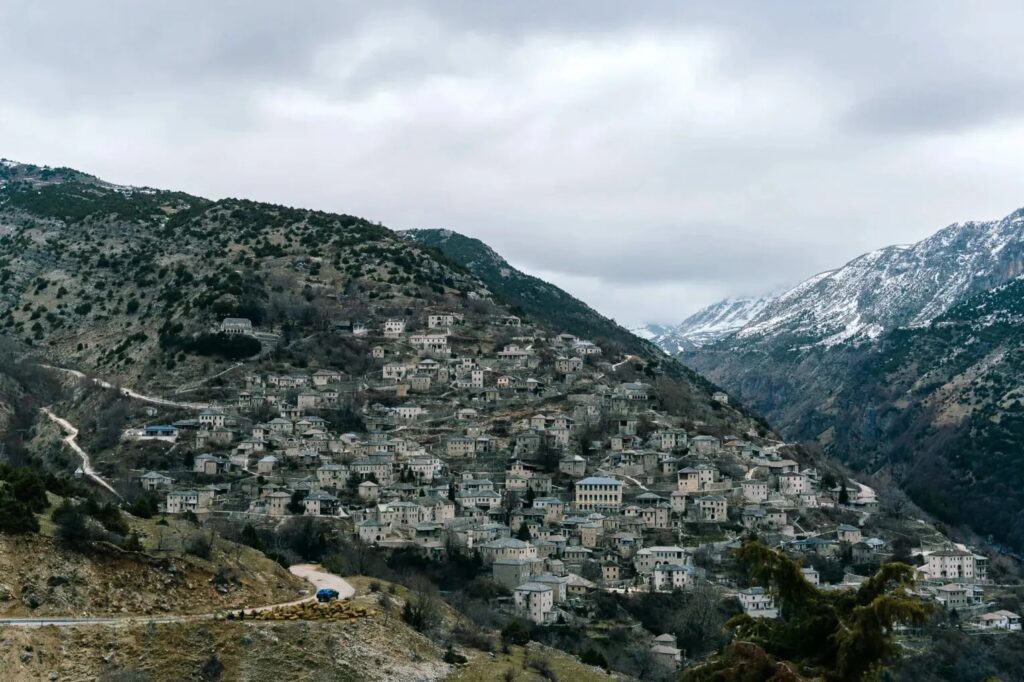
The Kalarrites and the Monastery of Kipina
The gorge of the Kalarritikos River separates Kalarrites from Syrrako, and while in a straight line, the two villages are 1 kilometre apart, in reality, it takes a difficult winding drive of 23 kilometres and around 45 minutes to get from one village to the other.
If your accommodation is in one of the two villages, the most pleasant way to visit the neighbouring village is via the path that connects them. Some of us chose a path of about 2 hours that was worth every moment of it.
In Kalarrites, the rest of the group was waiting for us by car and after a walk and coffee in the village, we continued in the car.

Very close to Kalarrites, the rock-cut Monastery of Kipina, dating from the 18th century, is one of the area's most important attractions. It impresses with its architectural beauty but also with the panoramic view it offers.
It is perched high up there with the crystal clear waters of Kalarrytikos, its verdant ravine spreading below it, and the all-white peaks rising around it. The only access to the monastery is via a wooden mobile bridge, which, when opened, creates a hatch in the cliff below the monastery.
Pramanta is the next village to visit. They are located at an altitude of 780 metres and are the largest village and seat of the municipality of North Tzoumerko.
Its square is reminiscent of Zagorochoria, with the stone dominating, even on the roof of the important church of Agia Paraskevi. Next to it, the large plane tree offers shade (in the summer) to the cafe tables, while we also hear the sound of the running water around the square.
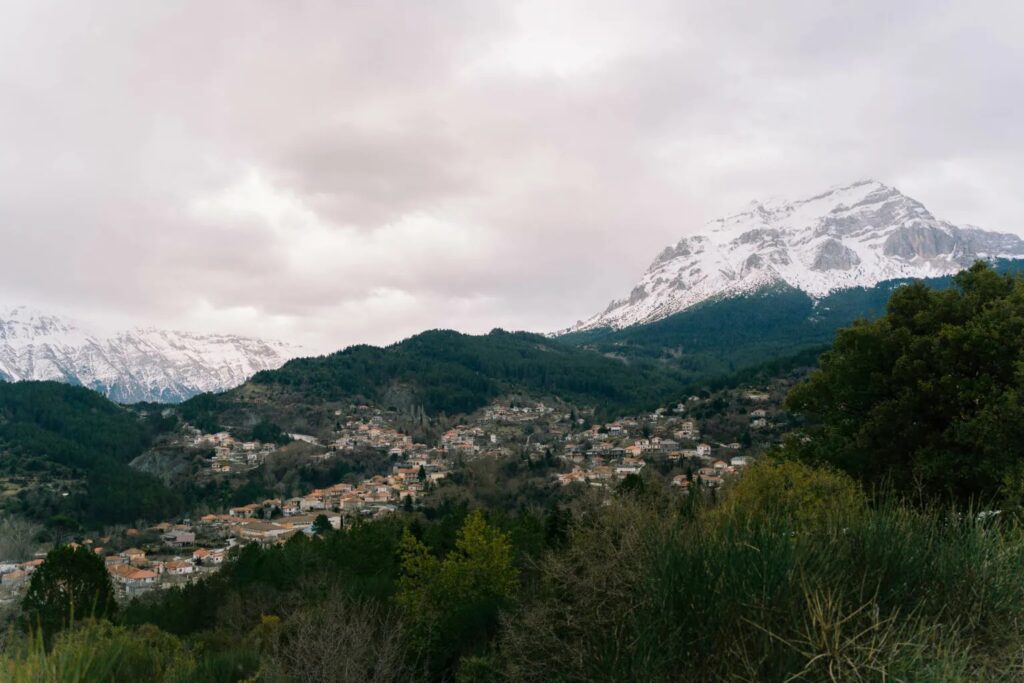
From there, we see the imposing Strogoula, one of the most impressive peaks of the Greek mountains, with a height of 2,112 metres, and its snowy masses stand out even among the clouds.
In Pramanta, there are several options for food and coffee. But if you want to climb even higher for a better view and have confidence in your car, drive the dirt road to the Pramanton mountain refuge, which is 5.5 kilometres from the village.
Continuing towards Melissourgous, the landscape changes a bit, with the fir forests becoming more frequent and justifying those referred to in Tzoumerka as "little Switzerland".
A large plane tree dominates the large square, while a little further down, there are fountains with clean, running water from numerous sources. In Melissourgoui, there is also a mountain refuge a little above the village, which, in addition to accommodation, offers food and coffee with an impressive view.
A relatively easy hike is the one that leads to Kefalovrysos, one of the largest waterfalls in Greece. It is 350 metres long, and you will see the water flowing between the vertical imposing rocks.
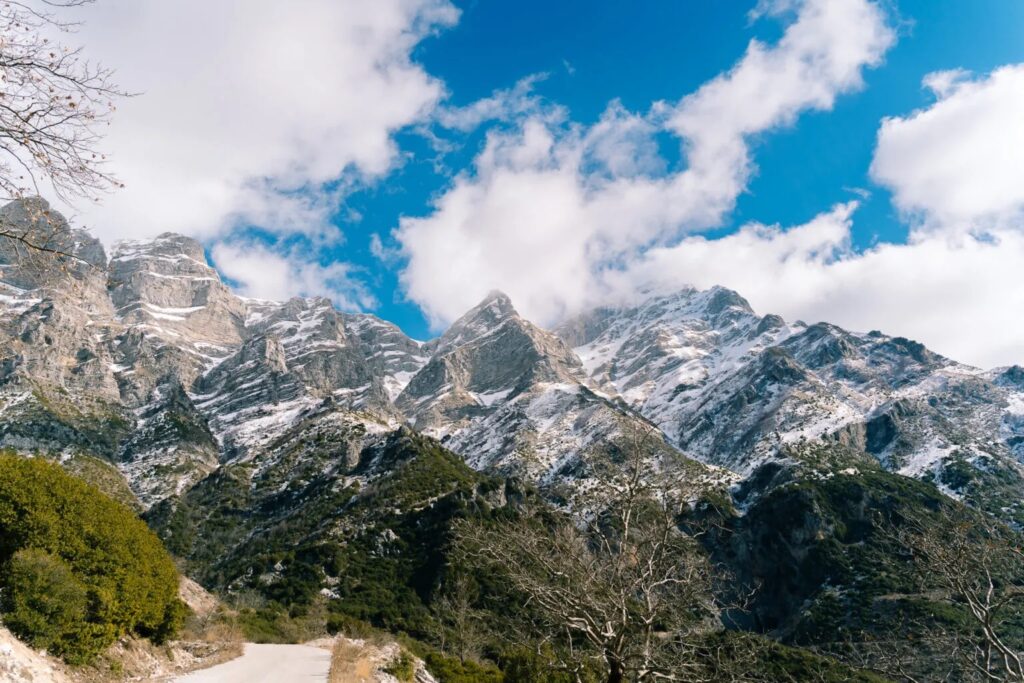
Depending on the season, the waterfall will have much or little water. We were here in winter, but in the summer, you will see many walkers come here in their swimsuits and dive.
The Agnadas, the Waterfall and the Plaka Bridge

Half an hour from Melissourgou, in Agnanta, hiking lovers will be delighted as the uphill route to Lofo tou Gimnasiou, which crosses almost the entire stone-built village, ends at a point with a beautiful view.
Very close to Agnada, Kataraktis - a village that takes its name from its 110-metre high waterfall - also offers itself for walks in its cobbled streets.
The specially constructed wooden path that leads to the waterfall is a ten-minute drive outside the village. While walking, we had the opportunity to admire the landscape from every possible angle.
(Tip: We were not lucky, but on the way back, if you find the kiosk open at the beginning of the route, take a seat for coffee or cooked food after the panoramic view).
Before saying goodbye to Tzoumerka after a full three days, we visited a spot that symbolises the "untamed" character of the area: the famous bridge of Plaka.
In 2015, in bad weather, the bridge arch collapsed but was rebuilt in 2020 after the initiative of the National Technical University. The peculiarity of this construction is that it was made with the same materials and techniques used 150 years ago by master craftsman Kostas Bekas and his artisans.
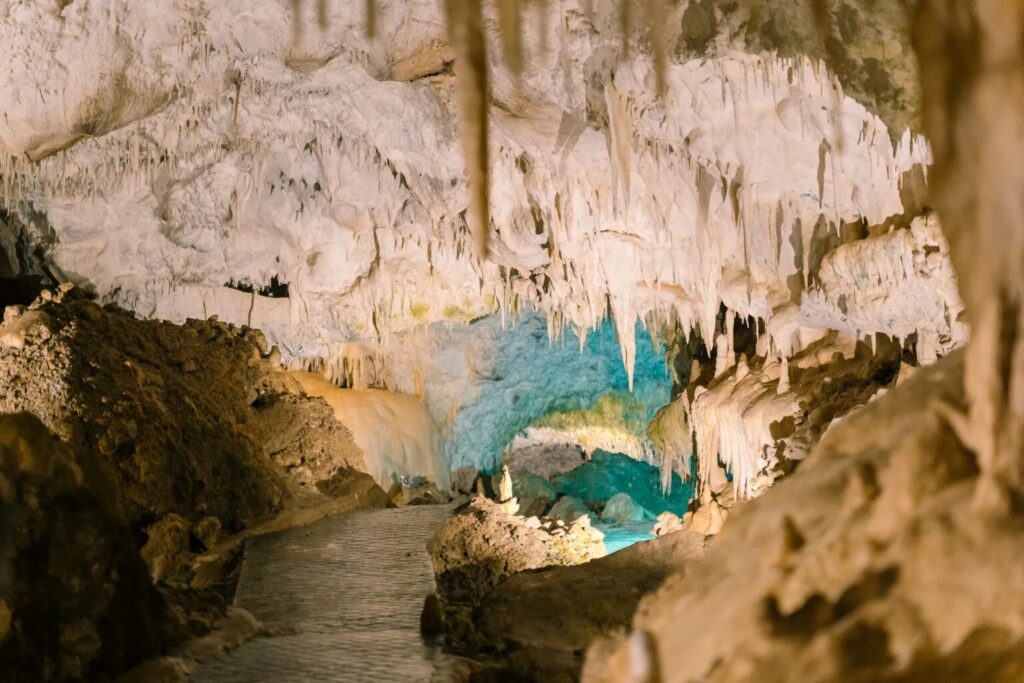
Craftsmanship, stone, soil, persistence, effort. All this, plus an amazing natural landscape, characterises Tzoumerka: a wonderful mountain destination that, however, you will need patience in driving to discover it well.
We reserve the right to come here again in the summer for rafting and hiking options and to visit the other attractions, such as the Anemotrypa Stalactite Cave and the other essential villages, such as Athamaniou and Voulgareli.
Some tips for a trip by car to Tzoumerka
It goes without saying that a trip to mountainous Greece in winter requires a good check on the car before you start.
It is equally important to have chains or snow blankets with you, even if the weather report does not predict that you will need them.
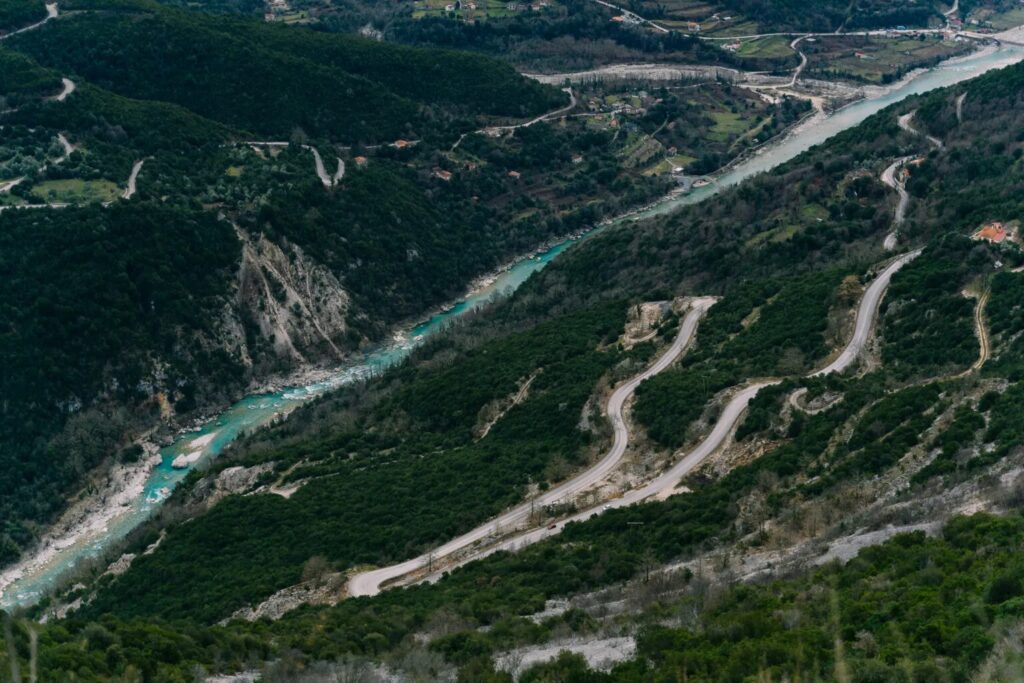
There are not many gas stations in the north of Tzoumerka, so it would be good to always know how much fuel you have in your tank and to be informed about their opening hours.
From the north of Tzoumerka starts (or ends depending on which direction you follow) the most mountainous paved road in Greece, the Baros pass.
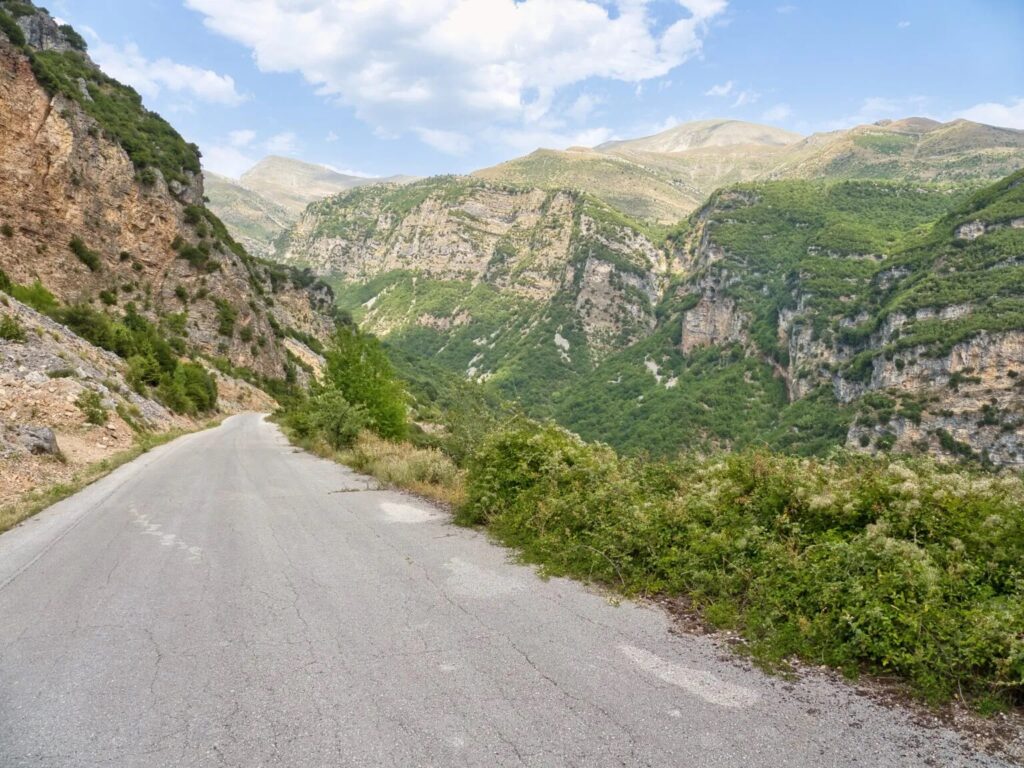
Of course, now it's closed in winter, but if you're in the area from spring onwards, it's worth the experience of driving at 1,900m altitude, especially if you're riding a motorbike. You can read more about this amazingly beautiful road here.
Especially in spring and summer, it is worth visiting Tzoumerka with a four-wheel drive vehicle, as the area is suitable for offroading.
READ MORE: Marathos Village – Agrafa’s Best Kept Secret.

